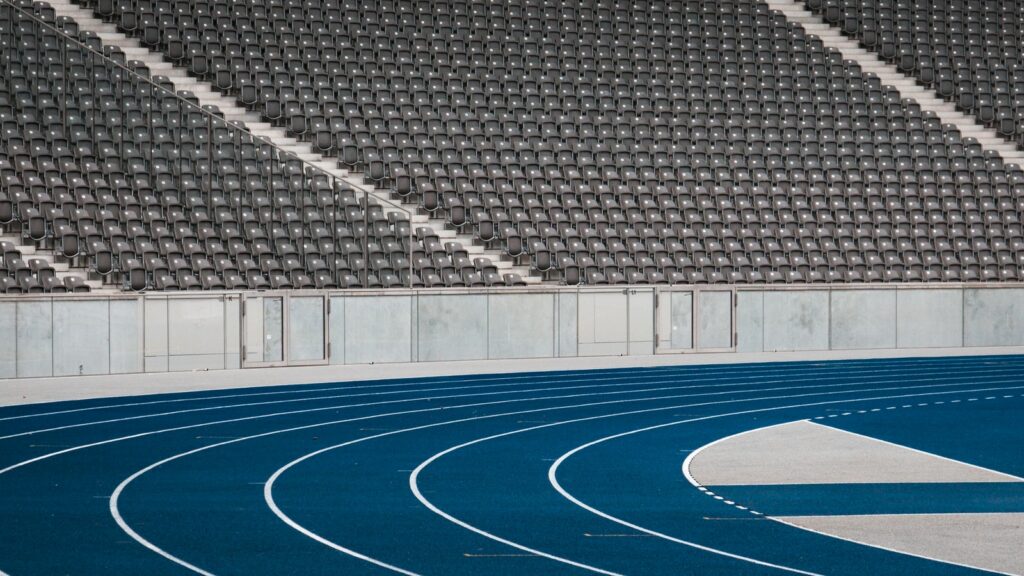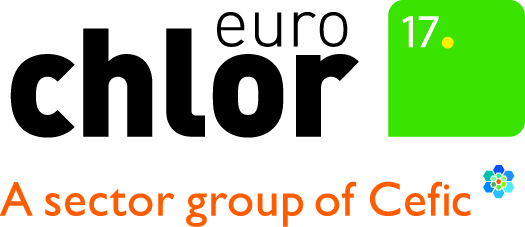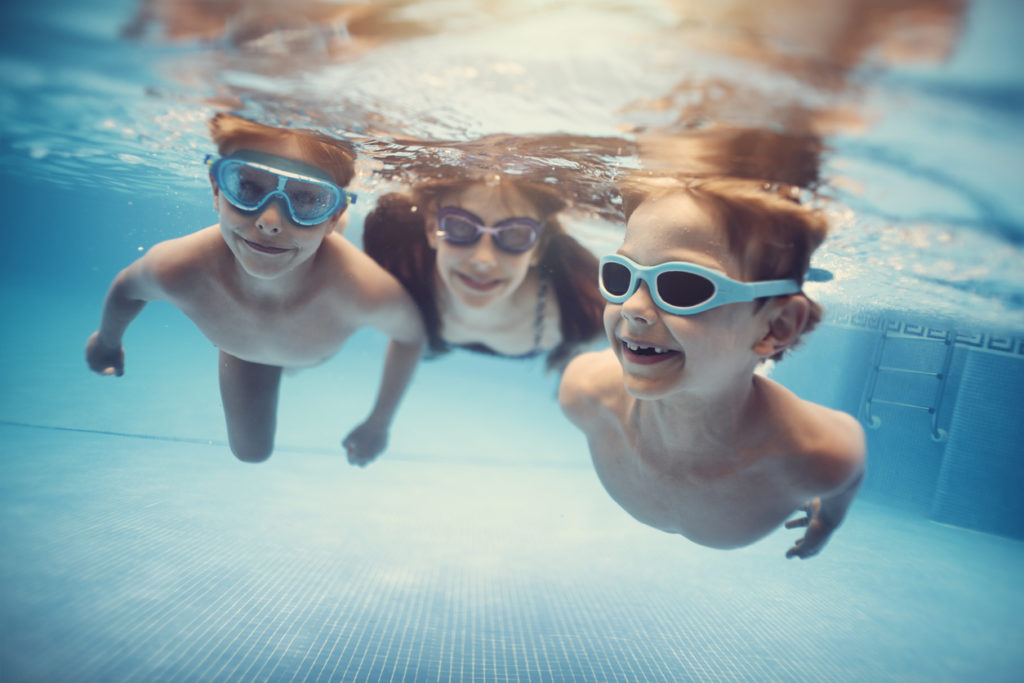Going for Gold with chlor-alkali chemistry
As athletes are taking their marks in the Olympics at the moment, chlor-alkali chemistry is helping them to go for gold.
Clean swimming and diving pools often use chlor-alkali products like sodium hypochlorite to keep the competitors healthy. Chlor-alkali chemicals (such as polyurethane and neoprene) also used to be found in full body swimsuits to reduce ‘drag’ and shave a vital few milliseconds from a world record. These suits were so good though that many competitions now ban their use! Neoprene is also found in the protective suits worn by competitive sailors.
Polyurethane is also found in sporting footwear as it makes shoes extremely light, hard-wearing and comfortable. It is even found as a coating on various indoor courts (such as basketball courts) to give the players a good grip and stop them from slipping. You can even find polyurethane in footballs!
Polycarbonate, another chlor-alkali chemical, is used to make bike helmets and protective goggles that keep athletes safe.
Aluminium is purified using caustic soda, a key chlor-alkali chemical. This important metal is found in javelins, some bike and wheelchair parts, rackets for badminton and even recycled in the Tokyo 2021 Olympic Torch!
Some gymnasts wear spandex as the material is lightweight, durable and very flexible. Spandex is made using chlor-alkali chemistry.
Polyvinyl chloride (PVC) is another important chlor-alkali chemical that is found in structural and design elements of many stadiums and velodromes. PVC is also used in protective equipment, tennis nets, mats, sports clothing and footwear. The properties of PVC mean it can be easily recycled too. For example, after the London 2012 Olympics, PVC parts of the Basketball arena and other temporary structures were reused at the next Olympic games in Rio and at the 2014 FIFA World Cup.
Discover some other sporting uses of chlor-alkali here and in this video.


